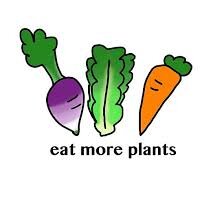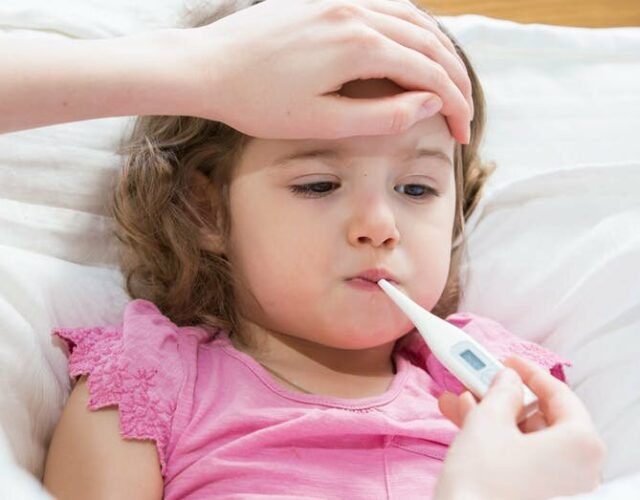As you might have seen on my Introduction page, I am a Pediatrician in Charlotte, NC with a passion for Health Education. I have partnered up with Heather Fisher, who is a Masters Level Educator who. Our mission is to present The Lesson in Nutrition to as many classrooms as are in our local area.
In November we introduced our Program to 3rd Grade at Beverly Woods through the PE classroom. Our lesson plan aligned perfectly with the Charlotte Mecklenburg School System (CMS) Curriculum (see below). The teachers were enthusiastic about the prepared lesson plan. The kids were fully engaged. Furthermore, many parents sent me various messages about how excited the kids were about what they learned and how some of them started changing their eating habits.
The program is Basic and it addresses Food Awareness. Most families and children eat foods based on package claims, friend’s suggestions, kid palates, and what look delicious. Generally, there is little thought to what lies beneath the package or what the labels on foods really mean. In fact, most people don’t even read labels.
- For example, drinks are ingested because the commercials on TV stress the importance of electrolytes after sports. Thus, many drink Gatorade with the purpose of being healthy, but few read the nutrition label and look into the nutrition facts.
- Furthermore, on many occasions cereals and snacks are purchased based on children’s picks. Again TV advertisements play a significant role here. Also, colorful packaging, current cartoon characters, and sports heroes on the packages, grab the kids attention, which leads to requests and whining, which results in parental purchases.
- Moreover, the labeling on food packaging is deceptive and misleading. A perfect example is V8 Splash. It advertises 1 serving of fruit and 1 serving of vegetable on the label. Well meaning parents buy this and feel good about finding a way to squeeze more fruits and veggies into their children’s diet. Unfortunately, V8 splash provides only sugar in a bottle and nothing else.
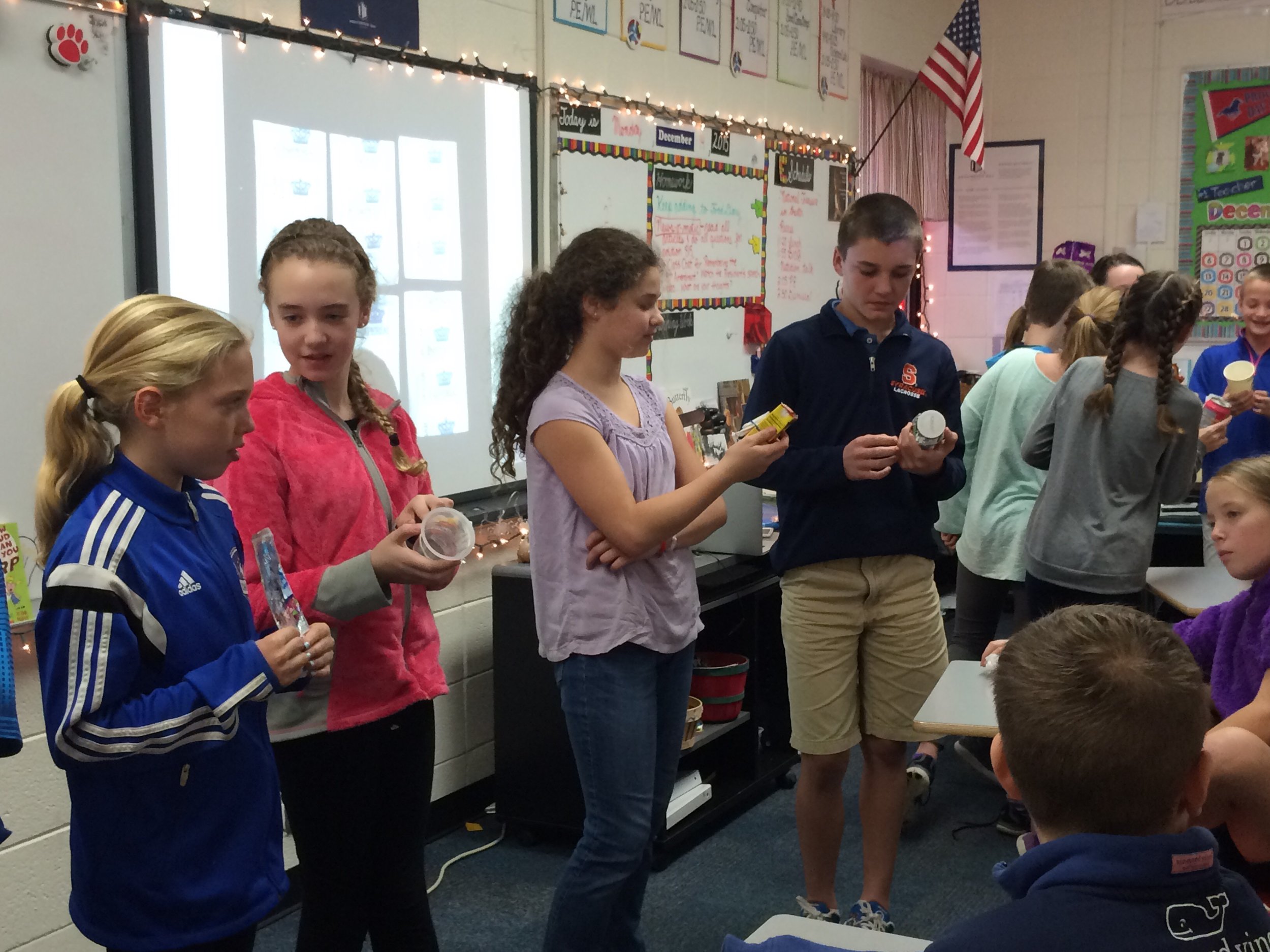
The presentation gives the children a different perspective on what is the real meaning of food, eating healthy, and why they should care. It starts with a general look at processed foods vs fresh foods and what that means for their bodies. The second part addresses food labels and ingredients. Followed by an in-depth look at drinks and sugar content. We finish with the implications of food choices on athletic performance. Short, simple, to the point.
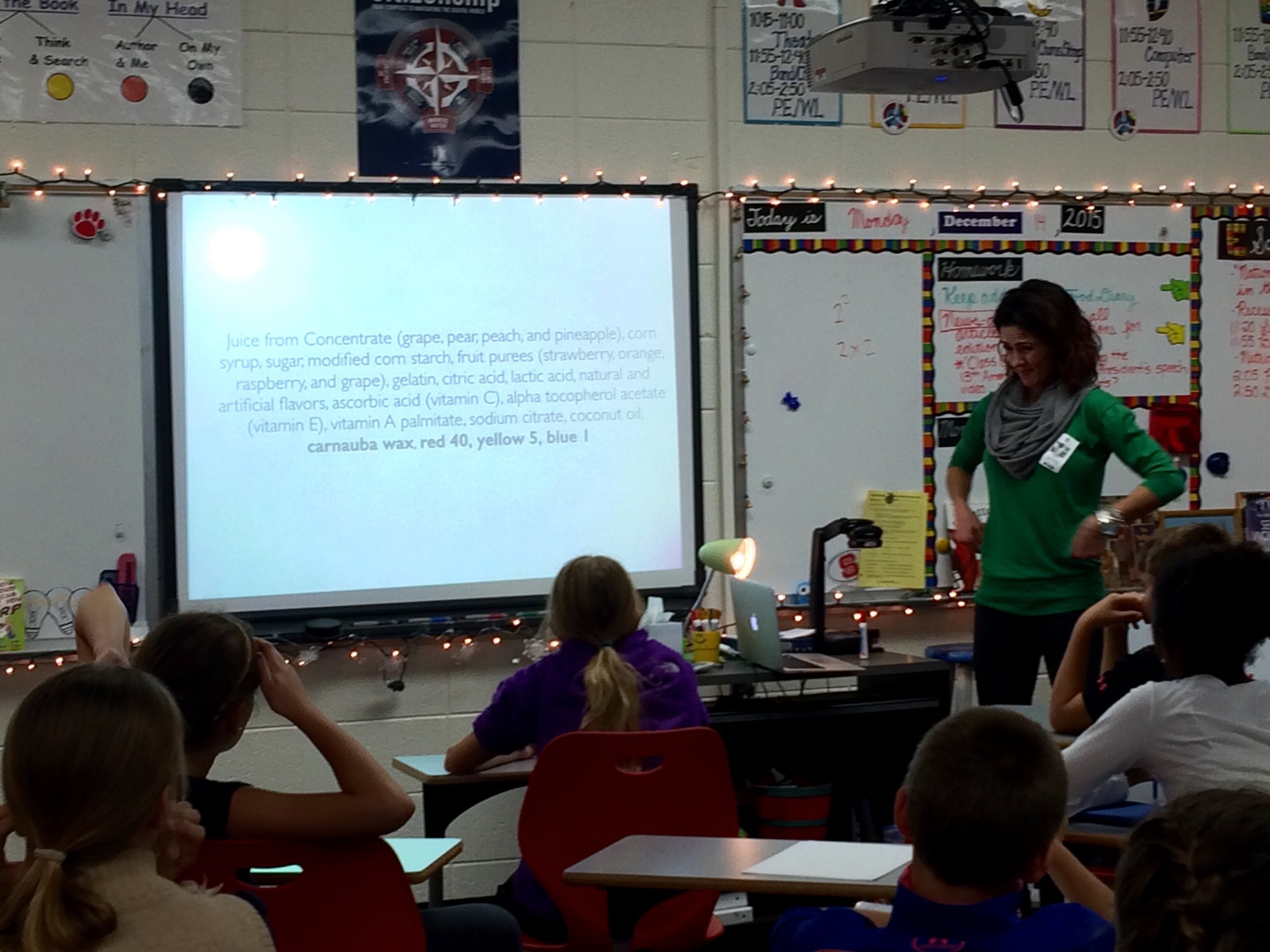
The presentation addresses modifications that anyone with any income can implement in their home. Discussion of topics fits any grade level and sparks interest in various age groups. Most importantly, it empowers children to make better choice for their bodies. Lastly, I hope it inspires them to teach their parents the lessons learned, to whine less in the grocery story (a woman can dream), and to become partners with their parents rather then adversaries at the family dinner table.
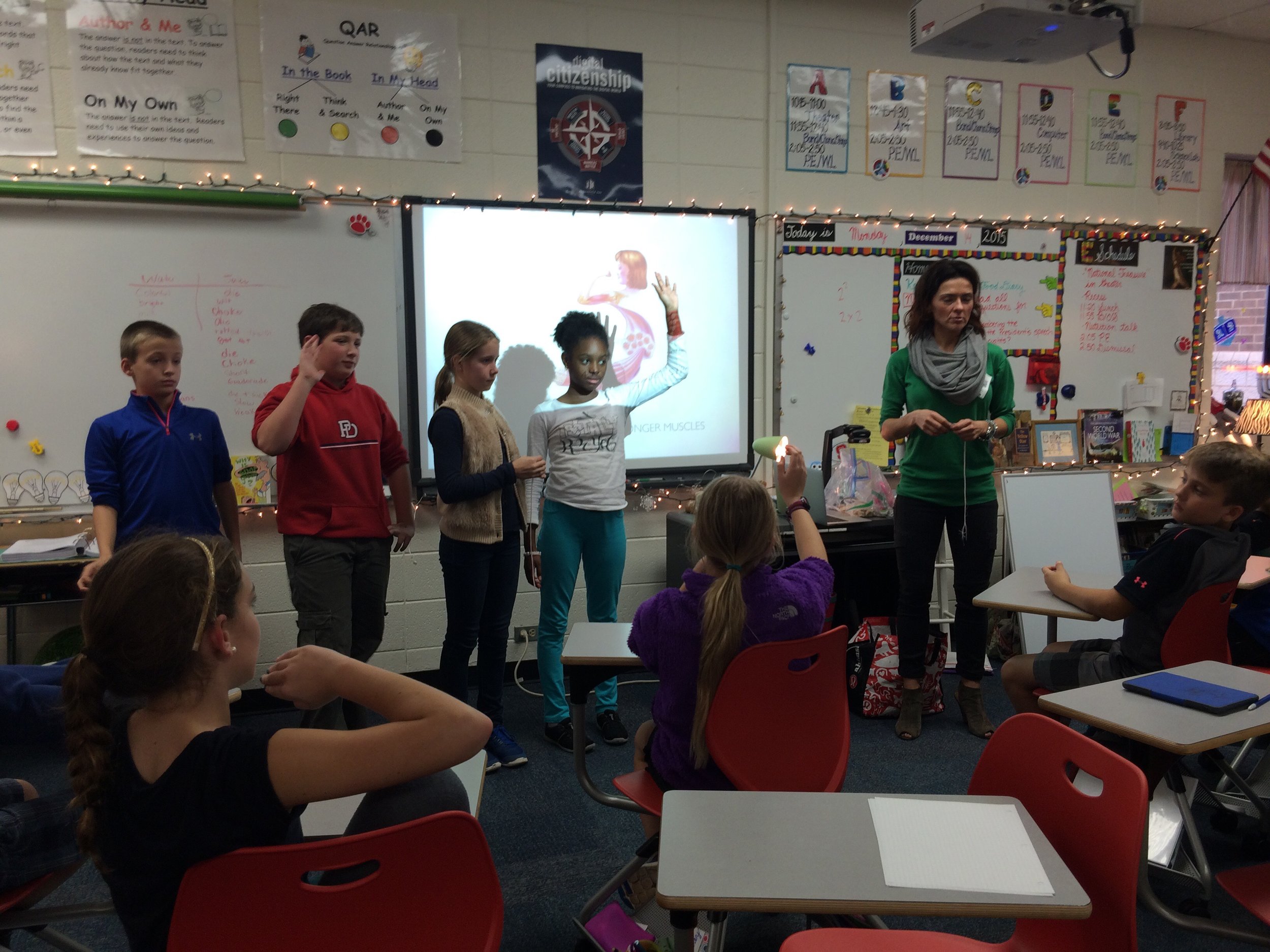
The CMS Curriculum for 3rd Grade
Nutrition Essential Standard and Clarifying Objectives 3.NPA.1 Apply tools (MyPlate, Food Facts Label) to plan healthy nutrition 3.NPA.1.1 Use MyPlate to eat a nutritious breakfast each morning. 3.NPA.1.2 Check the Food Facts Label to determine foods that are low in sugar and high in calcium.
What does this standard mean a child will know and be able to do? 3.NPA.1.1 Use MyPlate to eat a nutritious breakfast each morning.
The student will identify at least 6 foods he or she would eat for breakfast from each of the MyPlate food groups and combine them into breakfast meals and snacks.
3.NPA.1.2 Check the Nutrition Facts Label to determine foods that are low in sugar and high in calcium. Many children consume too much sugar and not enough calcium. The Nutrition Facts Label is a good source of information about the foods that are purchased and eaten. The Label tells the serving size, what ingredients and nutrients are in the food. By learning to read a label, a child can plan simple meals to get nutrient-dense foods, avoid over-eating by controlling serving sizes, and avoid ingredients that could cause an allergic reaction.
The student will apply the Nutrition Facts Label to select foods that are lower in sugar.
Essential Standard and Clarifying Objectives 3.NPA.2 Create strategies to consume a variety of nutrient-dense foods and beverages and less calorie-dense and empty calorie foods.
3.NPA.2.2 Categorize beverages that are more nutrient-dense.
Tomato juice, carrot juice, V8 and vegetable-based juices combined with fruit juice are now available and may appeal to young children. It is important to check labels for the sugar content and source. There are many sugary sodas, fruit drinks, powder mixed drinks and energy drinks that are not recommended for children because they are linked to childhood obesity. Sugar in drinks, particularly high fructose corn syrup along with caffeine cause students to have high and low mood swings. Most physicians now recommend milk and water as the primary choice for children’s beverages. The student will explain why milk and water are the two main recommended beverages for children. The student will identify beverages that are associated with obesity and mood swings in children. The student will view juices and sodas with high sugar content as beverage treats used occasionally rather than for daily consumption.
If interested in speaking with me about how this presentation can fit into your school curriculum, please contact me at [email protected]


